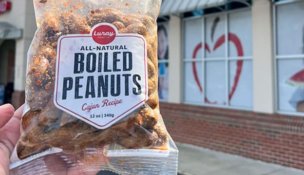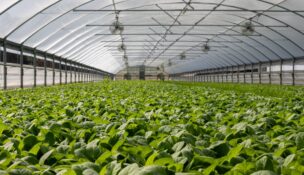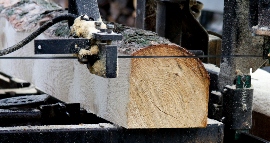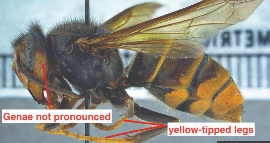Poultry industry keeps abreast of 2 viral threats
Molly Hulsey //May 8, 2020//
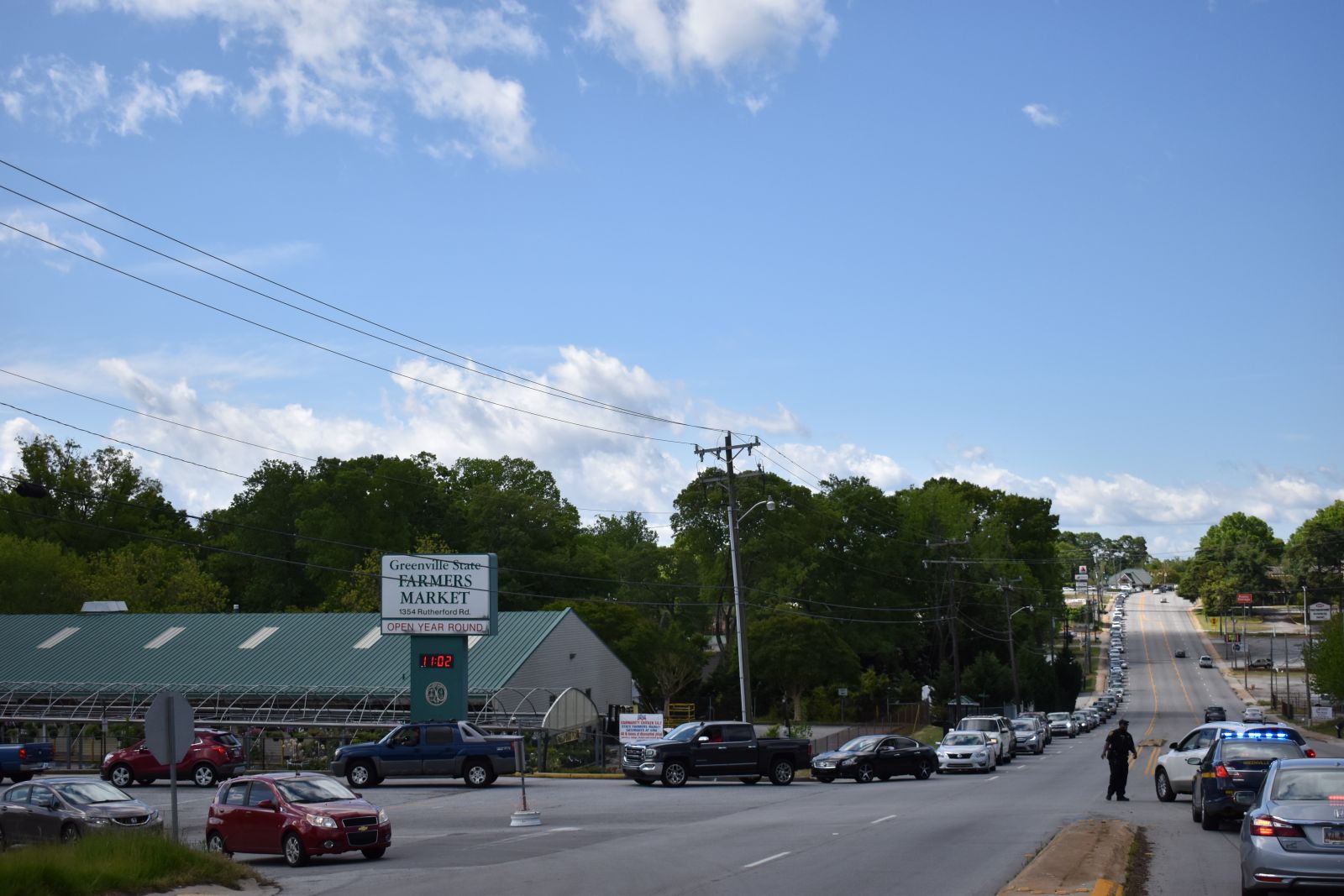
Update: Since this story's original print publication on May 4, 2020, all avian flu surveillance zones or control areas have been lifted in the state, and only the Chesterfield turkey farm with avian flu cases reported in March remains under quarantine, according to a news release. House of Raeford has since reported a few employees with COVID-19 at its Greenville location, but, according to a recent release, the company has increased the use of personal protective equipment and employee temperature checks at the plant under guidelines from the Centers for Disease Control and Prevention.
As South Carolina lurched into a pandemic-sparked state of emergency on Friday, March 13, the U.S. Department of Agriculture, the state’s veterinarians and farmers thwarted yet another emergent virus in Chesterfield County — an outbreak that threatened to axe all U.S. poultry exports to the European Union.
More than a month after the H7N3 avian flu outbreak bridged wild birds to several Carolina turkey flocks, marking the first highly pathogenic bird flu case since 2017, nine countries maintain a ban on all poultry products coming from South Carolina, according to Dr. Boyd Parr, South Carolina’s state veterinarian.
China — one of 20 countries that initiated a ban on S.C. chicken — had only recently lifted its embargo on chicken from the Palmetto State that it enacted during the 2015 bird flu outbreak, according to a USDA news release. The China market was worth $500 million to S.C. poultry producers in 2013.
Parr and his team euthanized and buried the infected turkeys before they entered the food supply and the USDA compensated farmers for the losses, but Parr said the embargoes delivered a sucker punch to a poultry industry already reeling from an inability to send meat to market as a result of COVID-19-related supply chain disruptions.
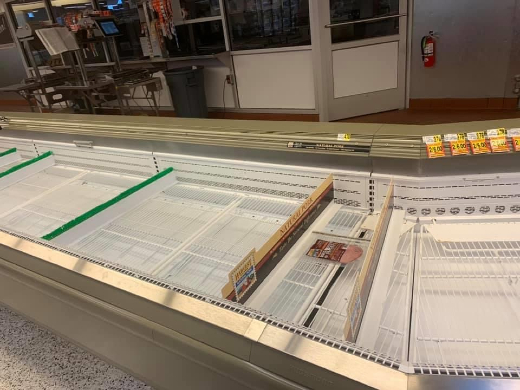 The USDA’s Animal and Plant Health Inspection Service announced in an April 25 news release that it has established a National Incident Coordination Center to help farmers find alternative markets to sell or, if necessary, depopulate their herds.
The USDA’s Animal and Plant Health Inspection Service announced in an April 25 news release that it has established a National Incident Coordination Center to help farmers find alternative markets to sell or, if necessary, depopulate their herds.
“American livestock and poultry producers are facing an unprecedented emergency due to COVID-19, particularly with the closing of meat processing plants in several states,” the release said.
Poultry is South Carolina’s No. 1 agricultural product, with “broiler” chickens making up 40% of farm receipts, according to a USDA state report. According to Parr, South Carolina is the fifth-largest turkey supplier in the country.
Parr, along with other experts on the forefront of South Carolina’s emergency agriculture response, argue the unrelated COVID-19 threat is unlikely to jump to livestock. COVID-19 infections have been reported in a lion, tigers and two New York housecats, but Parr said cats were some of the first domesticated animals to host SARS as well without any noted bridge to livestock.
Even if it did, the protocol established to stymie the spread of livestock-based diseases has been honed by decades of localized outbreaks such as the recent bird flu scare.
Parr said meat supply chain disruptions are more likely to stem from the closure of restaurants and meat processing plants — further depreciating the value of meat.
“The U.S. system will adapt, I think, in time,” he said. “The challenge is, and I think that’s one of the things our leaders in Washington are trying to deal with — hopefully, successfully — is not let it get so bad that we lose our supply while these things are worked out. A lot of these farms, if they have a failure, they may not be able to go back into business when things are straightened out.”
That, he added, would create greater reliance on imports that could be cut off during a similar crisis.
Traffic jams and bottlenecks
Around 9 a.m. on April 15, Greenville’s North Church Street hummed with only a few passing cars and even fewer pedestrians, until it branched into Wade Hampton Boulevard’s intersection with S.C. Highway 291. A wall of vehicles barely moved as it wound for more than 3 miles around Wade Hampton and Highway 291 and rounded the corner to the Greenville State Farmers Market.
Police lights flickered as they directed traffic and rerouted people attempting to cut in line from the opposite direction.
Chicken processing plant House of Raeford was hosting one of many ongoing discount sales to sell the 43% of its poultry that had been earmarked for now-closed cafeterias and restaurants with shuttered dining rooms.
According to Dave Witter, manager of corporate communications of House of Raeford, the processing plant usually sells about 900 to 1,000 cases of chicken per trailer, or 40,000 pounds. On April 17, House of Raeford staff loaded seven trailers full of meat to distribute to four lines of cars.
Witter said securing labor, safety issues or transportation hasn’t been an issue for House of Raeford — he reported that none of the employees at the Greenville plant had tested positive for COVID-19 — but he does question how sustainable the discount sales will be in the long run. For now, they are able to at least break even, he said. He hopes the sales will lay the groundwork for a network of online ordering in the days to come.
Witter said via email that no employees at House of Raeford's West Columbia plant had tested positive. He said the company's locations in four Southeastern states sold several million pounds of product to thousands of customers during the sales.
“The grocery stores were running out of things, and you have to realize to convert that type of processing and producing over to grocery store products is not a simple task,” said Tom Dobbins, director of Clemson Cooperative Extension and associate dean of outreach and engagement. “It is not as simple as you would think, and that has created some disruptions in the food chain.”
Logistical challenges aside, it can be difficult to reroute meat along the food supply chain since the criteria for a cut of chuck beef for McDonald’s might look different from a grocery store butcher’s specifications.
“Right now, we’re not in the best of shape in South Carolina in terms of our food chain, but we’re not in bad shape. I think if we can get through the COVID crisis, and the farmers and commodity prices rebound, I think that our food chain will not be interrupted because our farmers are going to dig back in and get the job done for us,” he said.
Citing Happy Cow Dairy and Hickory Hill blue cheese makers, Dobbins sees that farms and processers that have developed a niche market — especially those that have bypassed the retailer and sell directly to customers — tend to be a better position right now than those with more complex supply chains.
“The House of Raeford poultry processors, as you’ve seen, did supply a lot of restaurants with their chicken, and in order to keep their producers in business, they have traffic jams while selling 45 pound boxes of chicken for $45,” Dobbins said.
This story originally appeared in the May 4, 2020, print edition of the GSA Business Report.
e







